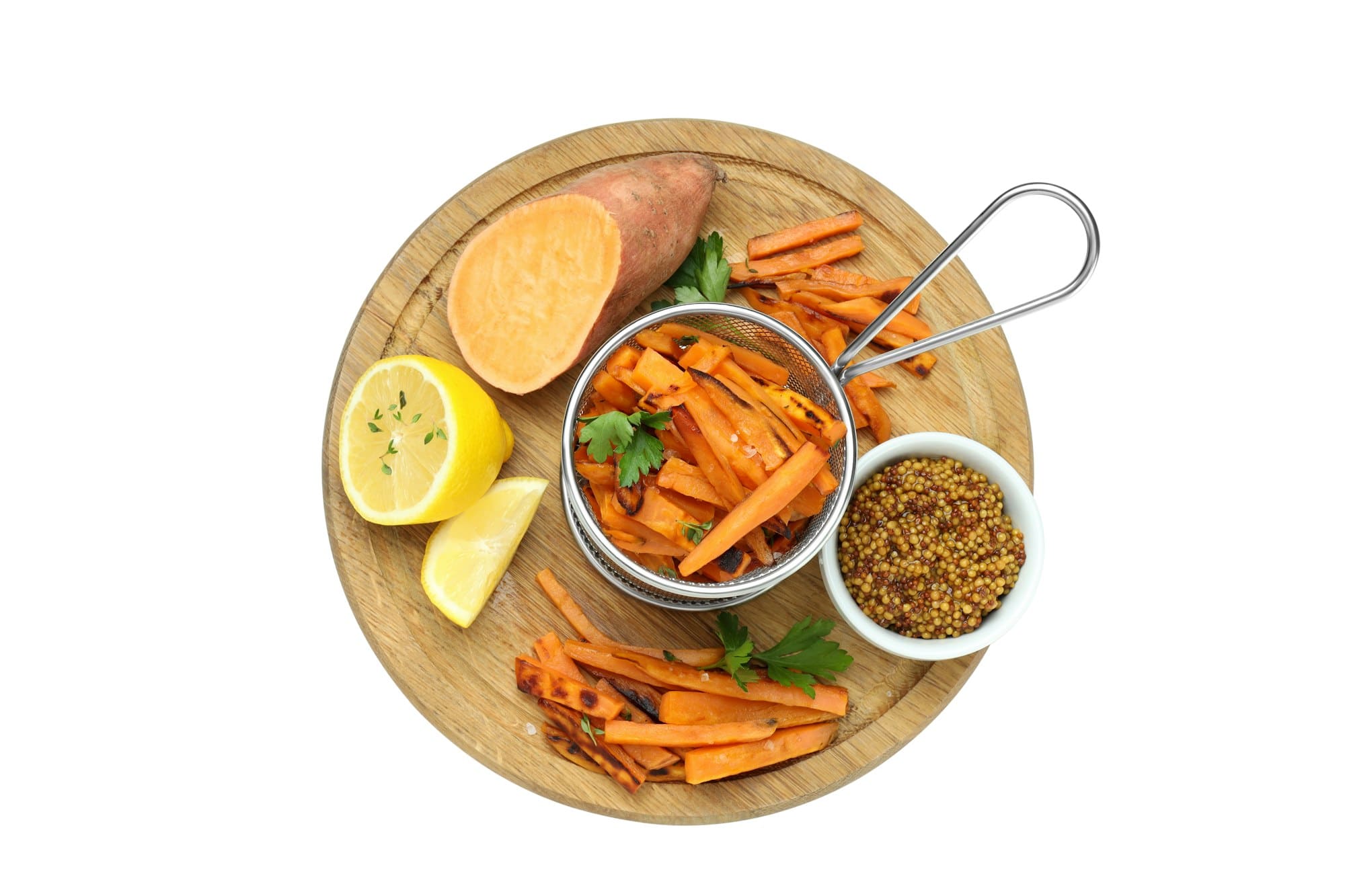Ah, fried chicken! It’s a classic comfort food that makes your mouth water just thinking about it. The crispy, golden coating enveloping tender, juicy chicken pieces is a culinary masterpiece that has won the hearts of people worldwide. But achieving that perfect balance of crispy and juicy in homemade fried chicken can be quite a challenge. Worry not, you’re about to learn the secrets and techniques that ensure perfectly crisp and juicy homemade fried chicken right in your kitchen.
Deciding on the Perfect Chicken Pieces
Before you even think about the oil, flour, or exact frying temperature, you need to decide on the chicken pieces to use. The choice of chicken parts greatly influences the final result.
Have you seen this : How to Elevate a Simple Rice Dish to Gourmet with Exotic Spices?
Opting for bone-in, skin-on chicken parts like drumsticks, thighs, or a whole cut-up chicken is the best route to take. The bone and skin contribute to the flavor and juiciness of the chicken. Additionally, they also control the rate at which the chicken cooks, ensuring it doesn’t dry out before the crust is crispy and golden.
Size also matters when choosing chicken pieces. Smaller pieces cook faster and evenly, reducing the chances of ending up with burned crust or undercooked meat. So, don’t hesitate to cut larger pieces like breast halves into smaller parts.
Have you seen this : Can You Craft a Perfectly Balanced Gourmet Salad with Uncommon Ingredients?
The Secret Ingredient: Buttermilk
Have you ever wondered how some fried chicken recipes achieve that tangy flavor and extra juicy chicken? The secret lies in the buttermilk.
Soaking your chicken pieces in buttermilk helps tenderize the meat. The acidity in the buttermilk breaks down the protein structure in the chicken, which results in a tender and juicy chicken piece. Moreover, buttermilk has a unique tangy flavor that adds an extra layer of taste to your chicken.
The buttermilk bath also plays a crucial role in the coating process. When you dredge your buttermilk-soaked chicken pieces in flour, the liquid helps the flour to adhere to the chicken, creating a robust and crispy coating.
The Perfect Crispy Coating
The crispy coating is arguably the best part of fried chicken. Achieving that perfect crispy crust requires a delicate balance of ingredients and technique.
Start by mixing your dry ingredients. Traditionally, the list includes flour for the base, salt and pepper for basic seasoning, and a variety of herbs and spices like garlic powder, onion powder, and paprika for added flavor. Some recipes might call for cornstarch or baking powder to make the coating extra crispy.
Remember to season your flour generously. The coating is your first line of flavor. A well-seasoned coating means a well-seasoned chicken.
Once you’ve got your seasoned flour, it’s time for the fun part. Remove your chicken pieces from the buttermilk soak, let the excess drip off, and dredge them in the flour mixture. Make sure every nook and cranny of your chicken piece is covered in the flour mixture. This will give you that coveted even, golden crust.
The Art of Frying
Now it’s time to talk about the actual frying. Frying is an art in itself, and mastering it will significantly improve your fried chicken game.
First, you need to choose the right oil. Vegetable oil, canola oil, and peanut oil are popular choices for frying chicken due to their high smoke points.
Next, monitor your oil temperature. Maintaining an oil temperature between 325 to 350 degrees Fahrenheit ensures your chicken cooks evenly. If the oil is too hot, the outside will burn before the inside is cooked. Conversely, if the oil is too cold, your chicken will absorb too much oil and become greasy.
Fry your chicken pieces without overcrowding the pan. Overcrowding lowers the oil temperature dramatically, which may result in soggy, oily chicken.
Finishing in the Oven
Sometimes, despite your best efforts, the chicken may have a perfectly crisp and golden exterior, but still be raw inside. This is where the oven comes in handy.
Preheat your oven to 350 degrees Fahrenheit. After frying your chicken pieces until they’re golden brown, transfer them to a baking sheet lined with a wire rack. Bake the chicken for about 10-15 minutes, or until a meat thermometer inserted into the thickest part of the chicken reads 165 degrees Fahrenheit.
This oven-finishing technique ensures that your chicken is thoroughly cooked without sacrificing the crispy exterior. Plus, it gives you some extra time to clean up or prepare side dishes while your chicken finishes cooking.
There you have it! With these techniques in your culinary repertoire, you’re now well-equipped to serve up perfectly crisp and juicy homemade fried chicken. Happy cooking!
The Magic of Seasoning and Spices
The right seasoning and spices can turn a simple chicken recipe into a mouthwatering piece of art. The beauty of fried chicken is that it lends itself to a wide variety of flavors, from tangy and spicy to sweet and savory. The possibilities are endless, and your choice of spices can greatly enhance the flavor of your chicken pieces.
Start with the basics: salt and pepper. They act as the backbone of your seasoning, enhancing the natural flavors of the chicken. Make sure to season your chicken pieces evenly, and don’t be shy about the amount. Underseasoned chicken can taste bland, even with the crispiest, golden-brown crust.
Next up are the spices. Garlic powder and onion powder are staples in most fried chicken recipes. They add a depth of flavor that complements the chicken perfectly. Paprika, whether sweet or smoked, gives the chicken a beautiful color and a hint of sweetness or smokiness.
For a spicy kick, cayenne pepper is your best friend. Adjust the amount according to your heat preference. Remember, spices like cayenne pepper are potent, so a little goes a long way.
Experiment with other spices like oregano, thyme, and rosemary for an herby flair. Curry powder, turmeric, or cumin can give your chicken an exotic twist.
Remember to mix your seasonings and spices thoroughly with your flour mixture to ensure even flavor distribution.
The Tools of the Trade: Dutch Oven & Wire Rack
Having the right tools can significantly simplify the process of making crispy fried chicken. A Dutch oven and a wire rack are two kitchen essentials that can up your fried chicken game.
A Dutch oven, with its heavy-bottomed construction, is excellent for maintaining a steady oil temperature. This feature is crucial for evenly cooked chicken pieces. Plus, its high sides prevent hot oil from splattering all over your kitchen.
A wire rack is another must-have tool. After frying, instead of setting your chicken pieces directly on a plate or paper towels, place them on a wire rack set over a baking sheet. This allows excess oil to drip off, keeping your chicken crispy.
Also, remember to use a thermometer. This helps in maintaining the right internal temperature of the chicken. The ideal internal temperature for chicken breast is 165 degrees Fahrenheit and for thighs, it’s 175 degrees Fahrenheit.
Conclusion: Mastering the Art of Homemade Fried Chicken
Making perfectly crisp and juicy homemade fried chicken is certainly an undertaking, but the end result is most definitely worth the effort. With these techniques at your disposal, stepping into the world of fried chicken will no longer be intimidating.
Deciding on the perfect chicken pieces and marinating them in buttermilk is the starting point. Construct a well-seasoned flour mixture with a balance of salt, pepper, and spices for a flavorful, crispy coating. Master the art of frying, maintaining the right oil temperature to achieve a golden brown, crispy exterior while keeping the inside juicy. Using a Dutch oven for frying and a wire rack for draining excess oil can greatly enhance the texture of your fried chicken.
Remember, practice makes perfect. Don’t be disheartened if your first batch of homemade fried chicken does not turn out exactly as you hoped. Keep experimenting with different spices and techniques, and soon, making perfectly crisp and juicy fried chicken will feel like second nature. Enjoy the journey and savor the delicious, crispy, juicy chicken that you’ve created from scratch. Happy frying!






